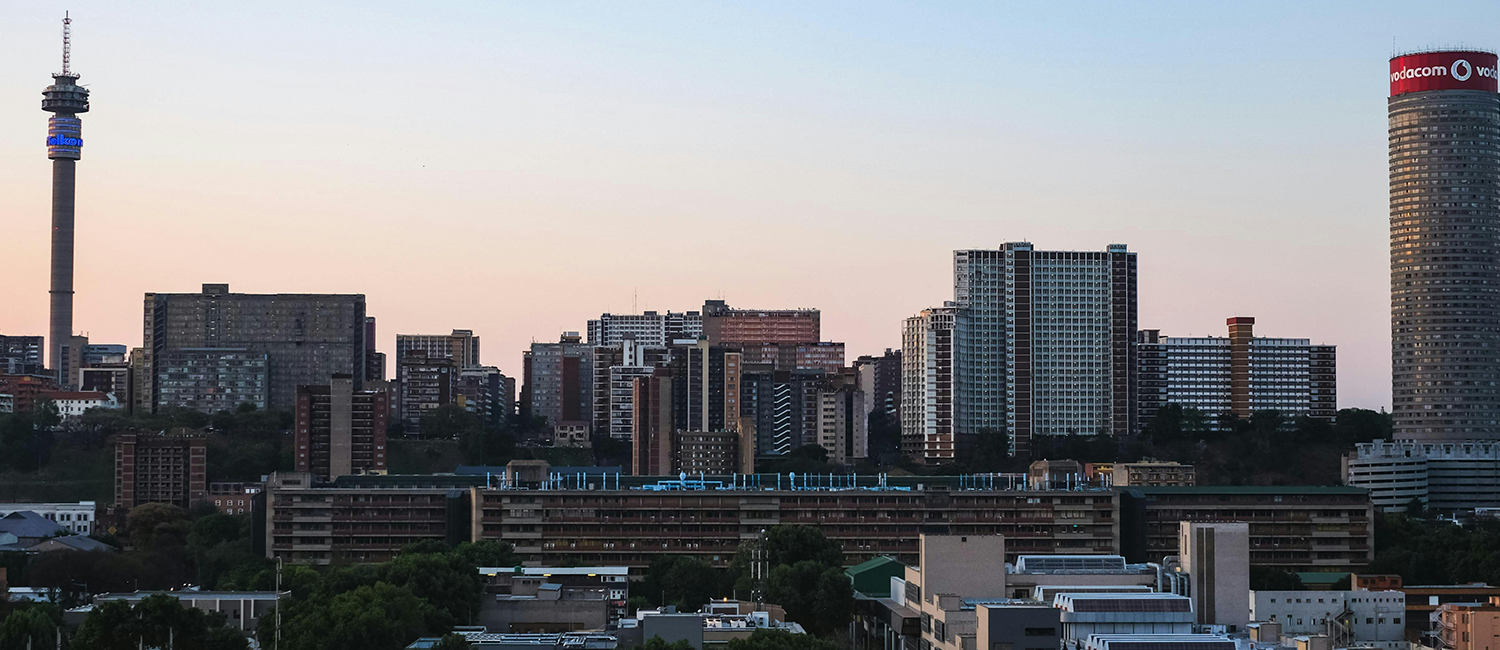DUST and noise fills the air around Sisulu Square of Dedication in Kliptown, what with hammers and drillers hard at work as builders develop the area.
It is all down to the efforts of the City’s developers, the Johannesburg Development Agency (JDA), to improve the square and its environs. There are lots of changes afoot.
The pedestrian rail bridge just a few metres from the square is temporarily closed for maintenance and repairs. Once efforts are wrapped up, it will have a fresh coat of paint, access ramps and a lit walkway between it and the train station farther away.
The ramps and lighting will make it more easily accessible for people with disabilities and those travelling at night, according to the agency’s senior development manager, Nkosinathi Manzana.
There is also work going on to improve the stormwater drainage system and install CCTV cameras on the square. Roads in the area are also on the programme to be upgraded, streetlights fixed and new street furniture, including dustbins, installed.
When all is said and done, the whole improvement project would have cost the JDA R30-million. Manzana says the project is expected to end sometime in July.
Kliptown initially formed part of the Klipspruit farm, but in 1903 it was established as an informal settlement, making it Soweto’s first residential area.
From farm to informal settlement to mixed housing of today, Kliptown has been through the worst and better of times. The oldest residential area in Soweto, its days keep improving as modern developments change its landscape. The high rise Kliptown Flats, for example, now stand tall, overshadowing the shacks and grimy old houses.
Rea Vaya routes have also brought a refreshing layer. The bus stations add to the streets’ vibrant images of passers-by mingling with hawkers selling fresh produce, cooked food, used clothes and artworks on the side of the road.
Another norm in Kliptown – and the rest of Soweto – is children playing in the streets unsupervised, while older teenagers stand at street corners chatting or listening to music on their cellphones.
It was at the square that the famous Congress of the People meeting was held in 1955, where the Freedom Charter was ratified. The charter became the policy of the ANC and others fighting the apartheid government.
It was the core statement of principles of the Congress Alliance, which consisted of the ANC, the South African Indian Congress, the Coloured People’s Congress, the South African Communist Party and the Congress of Democrats. Later, it formed the basis of today’s internationally renowned Constitution.

